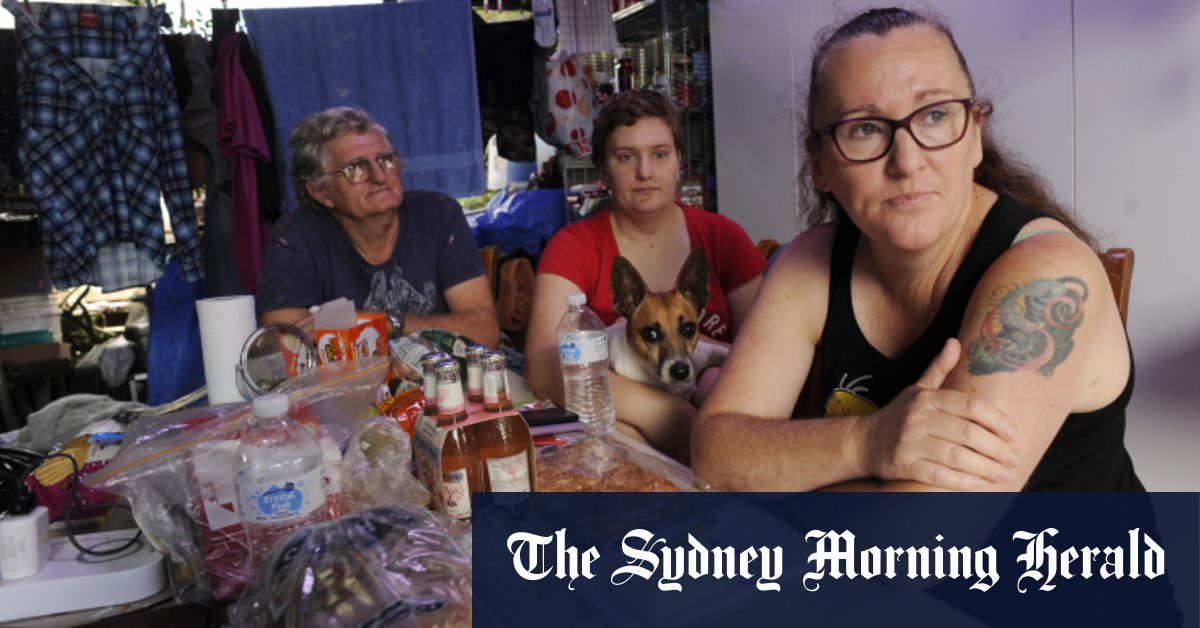The government set up the Northern Rivers Reconstruction Corporation in April to lead the reconstruction effort in the Northern Rivers. It is charged with co-ordinating the planning, rebuilding and construction work of essential services, infrastructure and housing.
Witherdin said his team was still finalizing the details of the buy-back scheme, and the number of houses it would target, but senior government ministers had been briefed on it.
The corporation had also been working closely with the federal government, which is expected to co-fund the reconstruction plans.
The buy-back scheme would be voluntary, Witherdin said, and based on the pre-flood value of properties. Other affected home-owners would be offered funding to rebuild their properties using more flood-resilient materials and design, or to raise their homes.
loading
According to the Lismore City Local Flood Plan, only 60 per cent of houses in the flood-prone areas of Lismore are raised above the one-in-100-year flood level, although this year’s flood was more than two meters higher than that.
Hundreds of people had to be rescued from their rooftops and four people died on February 28, when the Wilsons River reached 14.4 meters – a height which was not predicted in flood bulletins until it was too late for people to leave.
“Even once we’ve worked through this program, after a number of years, I think it’s highly likely people will choose to remain [in the flood-prone area],” Witherdin said, adding the government had a responsibility to warn those people of any impending flood and evacuate them early.
“We will be able to install early warning systems that really do give that community some peace of mind in the future.”
Residents living in and moving into flood-prone areas would also be provided with better information about the risks they face, and the risks they pose to rescuers if they do not evacuate during a flood.
On Saturday, community leaders said the demand for a buy-back scheme was likely to be high, and the challenge would be meeting that demand.
“Lots of people are ready to go,” Resilient Lismore co-ordinator and local councilor Elly Bird said. “They’re just waiting to see what the government will deliver before they decide what they’ll do.”
Houses bought under the scheme would be demolished and the zoning changed on the land to prevent any future development.
Much of the flood-affected parts of Lismore are low socioeconomic areas, where housing is most affordable. Witherdin said the provision of more affordable housing in flood-free parts of the Northern Rivers would also form part of the scheme, to address those needs.
South Lismore residents Rita and Johan Spek said they were living in limbo waiting to find out if they would be able to sell their house to the government.
The February 28 flood was the first one to enter their house, which they bought 30 years ago. For the past four months, they have been living in the home’s outdoor barbecue area and sleeping in a van out the front, with their adult daughter.
“We don’t want to be here any more,” Rita said. “We definitely want the buy-back as soon as possible… [the flood] could be higher next time.“
